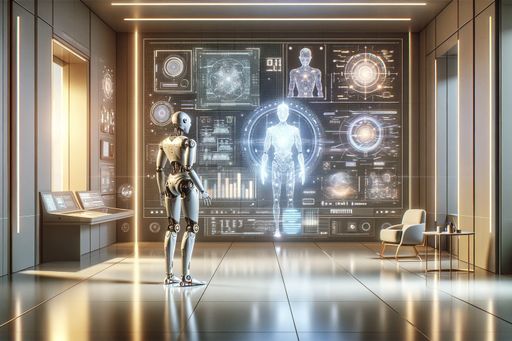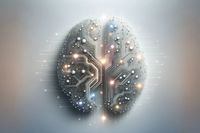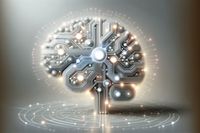New AI Model Determines Sex Based on Brain Scans with High Accuracy
Researchers have developed an AI model that accurately determines the sex of individuals based on brain scans, with over 90% success. This breakthrough supports the theory of significant sex differences in brain organization.

Key Facts
The AI model has an accuracy rate of over 90% in distinguishing between male and female brain scans, highlighting intrinsic sex differences in brain organization.
Specific brain networks, including the default mode, striatum, and limbic networks, have been identified as crucial in determining the sex of the brain scans.
Acknowledging sex differences in brain organization is vital for developing targeted treatments for neuropsychiatric conditions, paving the way for personalized medicine approaches.
New AI Model Successfully Determines Sex Based on Brain Scans
Stanford Medicine investigators have developed a new AI model that can determine whether brain activity scans belong to a man or a woman with over 90% accuracy.
This breakthrough study helps resolve the long-standing controversy surrounding the existence of reliable sex differences in the human brain.
Understanding these differences is crucial for addressing neuropsychiatric conditions that affect men and women differently.
Identifying Key Brain Networks for Sex Determination
The AI model analyzes dynamic MRI scans and focuses on specific brain networks to determine the sex of the individuals.
The default mode network, striatum, and limbic network have been identified as critical areas in distinguishing male from female brains.
These networks play significant roles in cognitive functions and behaviors.
Implications for Personalized Medicine
Acknowledging sex differences in brain organization is crucial for developing targeted treatments for neuropsychiatric conditions.
The findings highlight the potential for personalized medicine approaches to address sex-specific vulnerabilities.
This research not only deepens our understanding of brain development and aging but also opens new avenues for personalized medicine.



